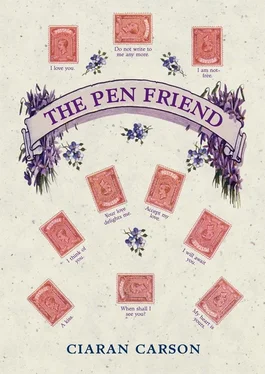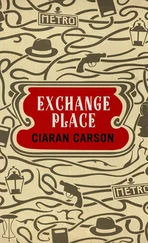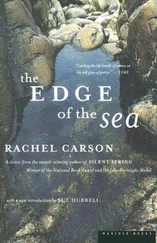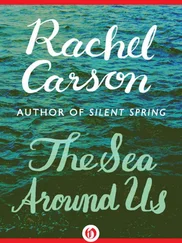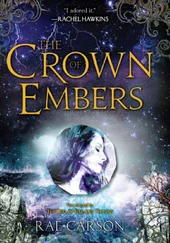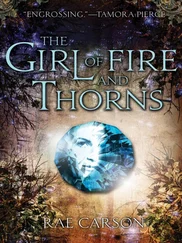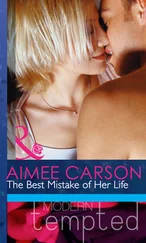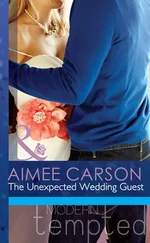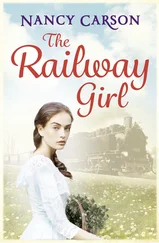I open our past like a fan. Angel, you used to call me, for I had been named for the Angel Gabriel. Gabriel, the messenger of God, sent by Him to Mary to proclaim the mystery of the Incarnation, is patron saint of the postal services, and of stamp collectors: my father had been appointed Inspector in the Royal Mail, a rare achievement for a Northern Ireland Catholic, shortly before my birth. And you too were a messenger, not of one god but of many, so I called you Rainbow, Iris, that was what I called you then. Iris Bowyer. You remember? It’s easy to remember . We’d been going out together for two or three weeks. You’d taken me up on my offer to take you to the Gallery on one of my days off. I’d met you in the XL Café first. You were wearing a lovely pre-war men’s jacket, pale green linen, that you’d bought in Second Chance. I thought they only sold women’s stuff there, I said, and you said, No, if you go upstairs there’s a good few rails of men’s, there’s a very nice 1940s suit there, single-breasted, dark blue check tweed, about your size, it’d look great on you, though maybe you wouldn’t wear it as a suit too often, too formal. But you could buy it for the jacket alone, not to mention the waistcoat. Wear them as separates. You put your hands to your lapels as if draping yourself in another, invisible jacket, and I envisaged myself wearing it, the soft fall of the tweed.
Under the linen jacket you’d one of those Indian silk tight bodices that were in at the time, a retro hippy look, bottle-green with red embroidery, and you were wearing loose white linen trousers with red wedge-heeled one-strap sandals. And what else? Yes, you were wearing a new perfume, it was like amber smoke over green leaves after a shower of rain. What’s it called? I said. Ee, you said, and I thought this to be one of your Yorkshire turns of speech, and you laughed and said, Ee, maybe I should have said Why, you said, it’s the letter Y. Ee as in Yves St Laurent. Ee, French for there. So here we are, I said, and you’re wearing a perfume called There. You remember. A scent for every occasion, I said, you’re like Andy Warhol’s calendar of perfumes, I said, and you said, What? Not quite a calendar, more like a memory-bank, I said. He bought a different perfume every day or so and stored them in a writing-desk. Then he’d open a bottle every so often, maybe one from a couple of months ago, or last year, and sniff the perfume, get that powerful olfactory hit, just to remind him of that time, that period which was already history, or maybe he just wanted to remember when he’d bought them, there and then, the bright aura of that particular transaction. Warhol loved buying things. And selling things, of course. I do business, not art, he used to say, I said. You could say he sold souvenirs, you said, that’s why they place the perfume department, the illuminated signs for Coty and Givenchy, Guerlain, Lancôme, Elizabeth Arden, at the entrance to the big stores, because the perfumes and the names remind you of the last time you were there, and all the other times, all those layers of pleasurable smells. And you want to buy that again and again, you said. Even though you pay mostly for the name, and not the thing itself. You remember?
And we talked a little more about Warhol. I’d been working on a rather fanciful essay linking Gerard Dillon and Warhol. Of course their methods were radically different. But it seemed to me that neither could be fully understood without reference to their Catholic backgrounds. Warhol, born in Pittsburgh, where he was raised as Andrew Warhola, was of intricately European ancestry. His parents had emigrated from Ruthenia, then in Czechoslovakia; they were neither Czech nor Slovak, and spoke a Carpatho-Rusyn dialect. They were devout Byzantine Catholics. From his childhood Warhol was continually in the presence of icons, and in a manner of speaking all his paintings are icons. As for Dillon, he came from the Catholic Falls Road district of Belfast, and he too was deeply influenced by Catholic iconography. My father and he were born in 1916, within a few days of each other, I said, within a few days of the Easter Rising in fact, and they went to school together. Slate Street School. You wouldn’t believe it, I said, but my father learned to write on a slate, they still used them then. You shivered. Oh, I could never bear that squeak. Like chalk on blackboard. I imagined you writing on a blackboard as a child, standing on tiptoe, your careful embryonic handwriting. Yes, I said, and Gerard Dillon used to paint on slate. He’d paint on anything, old bits of cardboard or discarded timber. When he left school he was apprenticed to a house-painter. Learned to burn off old paint with a paraffin blow-lamp, scrape off wallpaper with a shave-hook, mix the paints, that kind of thing. He’d paint on the bare walls before they were re-papered. I’m sure there’s still a few houses standing in the Falls Road that have early works by Gerard Dillon on their walls, and nobody knows it. And at home he begged his mother to teach him how to use a needle and thread. He did a few tapestries in the early fifties.
Both Warhol and Dillon, I said, were devoted to their mothers, and both were homosexual, Warhol more ostentatiously so, not that my father ever mentioned Dillon’s sexuality. For him, Gerard Dillon was the painter of the Falls Road, and of the West of Ireland, and of icons. A good Catholic. There’s a lot of death both in Dillon and in Warhol, I said, death and resurrection. The image as a way of circumventing death. Warhol’s repeated takes on Marilyn Monroe and Jackie Kennedy, for instance. Their very repetition makes us remember them. And Warhol’s obsessive repetitions are a refusal to let go of the image, an insistence that we look again and again, that we do not forget. It doesn’t matter whether the image is of a soup can, or a Coca-Cola bottle, or a shoe, or a Chanel No. 5 bottle. Warhol also made repeated images of electric chairs, car crashes, race riots, the atomic bomb, he did portraits of murderers and movie stars, and they are all about death and memory, they glorify the image of the thing or the person. The memorable icon that outlasts its subject, or that represents eternal subjects.
And we can’t imagine Warhol without his use of silkscreen printing. Silkscreen is actually a very fine nylon mesh, a gauze almost. You apply the ink with a squeegee and the ink is squeezed through the tiny holes in the screen to make the image. A surface of endless silkscreen dots which the viewer sees as a can of beans, a Coca-Cola bottle, a Marilyn, whatever. Imagine your skin’s a silkscreen, and we wrap you in a winding-sheet, and you sweat blood or whatever on to the fabric. A kind of Turin Shroud effect. Not that you’d get too many prints out of it. A very limited edition. But you can print any number of copies off a silkscreen without the image deteriorating too much. But for all that, every print is unique, because the ink is applied a little differently each time, you get an uneven inking of the roller, or the screen slips a little. Warhol liked that degree of routine error, the porosity and seep and bleed of silkscreen. All my images are the same, he said, but very different at the same time. Isn’t life a series of images that change as they repeat themselves? he said. And Warhol liked to quote Edvard Munch, who said, We see with different eyes at different times. We see one thing in the morning, and another in the evening, and the way one views things depends on the mood we’re in. That’s why one subject can be seen in so many ways, and that is what makes painting so interesting. I believe he said something like that, I said.
We were walking past the City Hall by now, and the Royal Ulster Constabulary band was playing in the grounds, their silver instruments shimmering and blaring in the heat. We were hand in hand, swinging along to the beat of the music. They were playing the First World War marching song, ‘It’s a Long Way to Tipperary’. As we threaded in and out of the crowds a man jostled accidentally against me, apologised, then took a little formal back-step of astonishment and exclaimed, Gabriel! Gabriel Conway! How long has it been! How are you? and then, as he registered your presence, another back-step, side-step rather, he cried, Miranda! and we disengaged our hands and moved apart a little, the whole sequence like a figure in a minuet, an intricate toing and froing, Miranda Bowyer! Well, well, fancy meeting you together! Small world, or what!
Читать дальше
